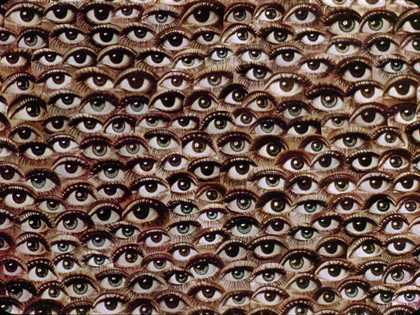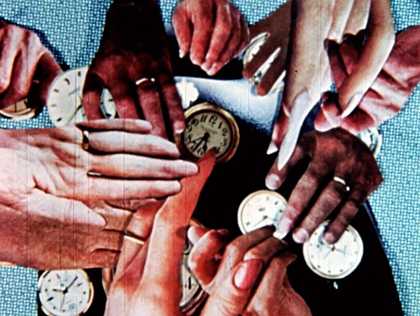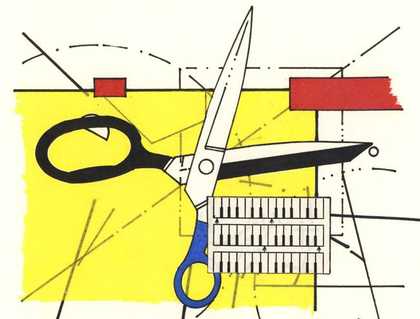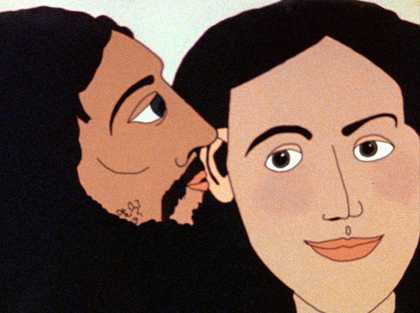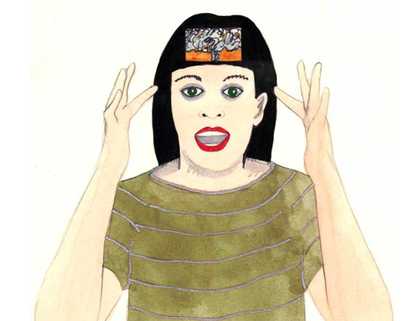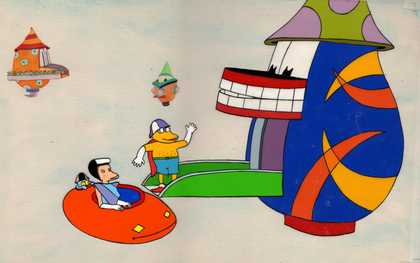This series examines the work of a group of American artists who approached film through independently-produced, frame-by-frame animations in the 1970s and 80s. Made primarily by artists with no formal animation training, the selection of films in this programme incorporates autobiography, visual fantasy, abstraction, medium specificity and biting satire. Several works were broadcast at the time and others distributed on home video, affording these artists a level of success and reach beyond that which other artist-filmmakers of their era could attain.
Building on the work of earlier generations of experimental animators such as Mary Ellen Bute, Standish Lawder, Harry Smith and Stan Vanderbeek – some of whose works are included in these screenings – this new generation of filmmakers elaborated on inherited techniques and proceeded to pioneer their own. Some artists explored cel and hand-drawn animation (Sally Cruikshank, Suzan Pitt, Mary Beams) while others explored new directions in kinetic collage (Frank Mouris, Paul Glabicki). Some used flicker and abstraction (Robert Russett, Adam Beckett, Barry Spinello) and others explored the affective potential of film through psychedelic fantasy (Sky David, Lisa Crafts). Through five screening programmes, Independent Frames: American Experimental Animation in the 1970s + 1980s highlights themes of the body and sexuality, abstraction and psychedelia, structure and composition, autobiographical reflection and the influence of commercial animation.
Lending historical context to recent developments in both animation studies and the role of animation in contemporary art, the series is a timely investigation of this era of invention and energy in experimental animation, suggesting a landscape of artists whose work needs to be considered anew.
Independent Frames: American Experimental Animation in the 1970s + 1980s is curated by Herb Shellenberger with Tate Film.

